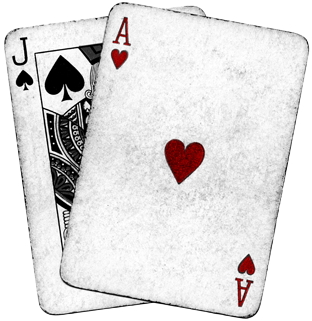The djembe (pronounced “jem-bay”) is an African drum which is undoubtedly one of the most powerful drums in existence. Originally from Great Mali Empire of West Africa, the Djembe dates back to at least 500 A.D. The djembe is found in Senegal, Mali, Sierre Leone, the Ivory Coast, Guinea, Gambia, Burkina Faso, as a sacred drum used in healing ceremonies, rites of passage, ancestral worship, warrior rituals, communication and storytelling, as well as social dances. It has an incredible tonal range, from body felt base to thunderclap slap tone, and a dynamic range from whisper soft to a lions roar, setting it apart from other drums.
The djembe was named after the materials that were used to make the drum. First the djembe was carved out of a chunk of the djem tree, a very dense wood found in Mali. Then, the drum had a be (goat) skin stretched over the top, hence the name. Traditionally, the djembe is played standing with the drum between the legs and suported with a shoulder harness. It is played with both hands, and sometimes has rattling tongues attached to the rim that jingle as the drum is played. The variety of sounds that can be obtained by the different methods of beating the djembe covers a broad sonic spectrum. It is used both as a solo and an accompanying instrument. The djembe is also known as the healing drum because of its history as a tool in African healing treaditions. African drum masters also call it the “magical drum” since it has the power to make people dance.
“In most musical instruments the resonator is made of wood while the actual sound generator is of animal origin. In cultures where music is still used as a magical force, the making of an instrument always involves the sacrifice of a living being. That being’s soul then becomes part of the instrument and in the tones that come forth, the ‘singing dead,’ who are ever present with us, make themselves heard.”
— Joscelyn Godwin, 1987










Comments on this entry are closed.